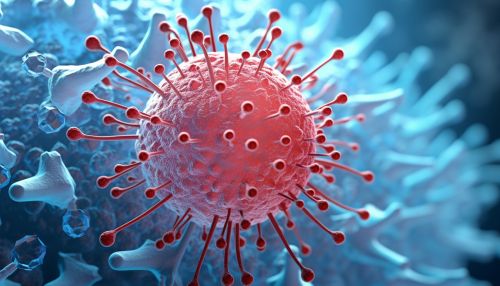Evolutionary Dynamics of Virus-Host Coevolution
Introduction
Viral and host coevolution is a dynamic process that shapes the genetic diversity and adaptation of both parties involved. It is a form of natural selection, where both the virus and the host continually adapt to each other in an ongoing evolutionary arms race. This process is essential to understanding the epidemiology of viral diseases, their pathogenesis, and the development of effective treatments and vaccines.


Virus-Host Interactions
Virus-host interactions are complex and multifaceted. A virus must first attach to a host cell, usually by binding to a specific receptor on the cell surface. This is followed by entry into the cell, replication, and finally, release to infect other cells. The host, in turn, has evolved various immune responses to detect and eliminate viral infections. These interactions are the basis for the coevolutionary process.
Coevolutionary Dynamics
The dynamics of virus-host coevolution can be understood through the lens of Red Queen dynamics, where both virus and host must continually adapt to each other to maintain their fitness. This is driven by mutations in both the virus and the host, leading to changes in their genetic makeup over time.
Viral Evolution
Viruses have high mutation rates, which allow them to rapidly adapt to their hosts. These mutations can alter the virus's ability to infect host cells, evade the host's immune response, or increase its virulence. This rapid evolution is a key factor in the emergence of new viral diseases and the development of drug resistance.
Host Evolution
Hosts also evolve in response to viral infections. This can occur through changes in the immune system, alterations in cellular receptors, or modifications in other cellular processes that affect viral replication. Host evolution can lead to increased resistance to viral infections, but it can also result in increased susceptibility to other pathogens or negative effects on the host's fitness.
Implications for Disease Control
Understanding the dynamics of virus-host coevolution has important implications for disease control. It can inform the development of vaccines and antiviral drugs, as well as strategies for managing viral diseases in populations. For example, predicting the evolutionary trajectory of a virus can help in the design of more effective vaccines.
